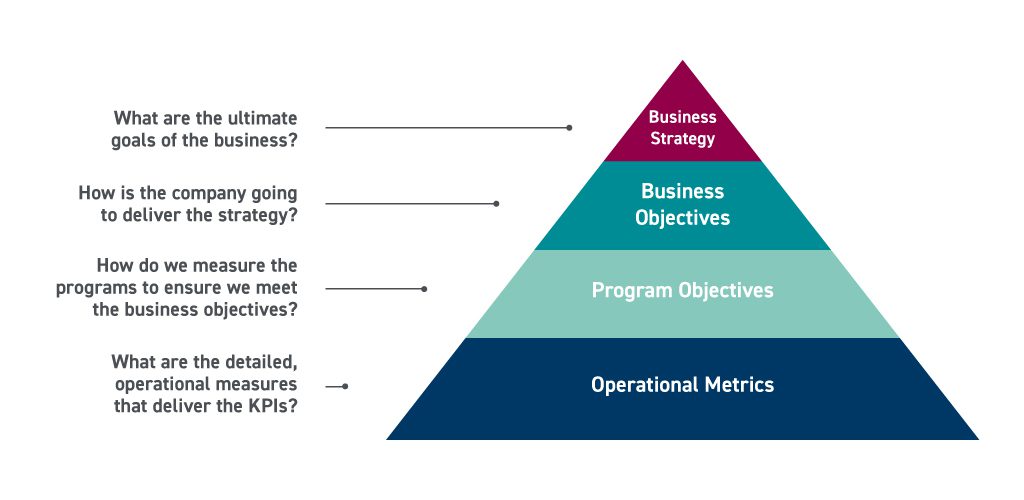The Importance of Tracking Finance and Accounting KPIs
Blog post
Share
The ability to visualize real-time data and high-quality financial close insights is crucial for every Office of Finance.
In fact, during the past year, this key quality of capturing finance and accounting key performance indicators (KPIs) through financial data analytics separated leading vs. lagging organizations as they navigated an unprecedented and dynamic business landscape. Analyzing key metrics empowered leading organizations to not only improve their internal processes to reduce bottlenecks and rework and highlight areas of opportunities.
Relying on manual accounting and finance processes may always be the status quo for many finance and accounting (F&A) teams, but many often overlook the fact that spreadsheets and legacy tools lack the ability to track financial close and organizational KPIs. In a time where automation technology is a priority, it would be seriously remiss to disregard the opportunities analytics and financial automation technology can bring to F&A teams.
Adra® by Trintech recently hosted a webinar over the importance of financial close key performance indicators and how mid-market organizations can leverage automation technology to enhance their finance and accounting processes for long-term success.
An Approach to Key Performance Indicators
Managing financial close and accounting metrics is essential to assessing the organization’s financial health over time. Rather than prioritizing specific figures, Offices of Finance must dive deeper into how those numbers provide insights to key close processes and performance. Finance teams can continue to support organizational initiatives by aligning short-, mid-, and long-term business goals with the overall business strategy.
“The reality is that, in most cases, companies focus on operational metrics first and foremost and don’t start at the top of the business strategy. They don’t identify the key goals they’re trying to achieve as an organization. What are the short-term, mid-term, and long-term goals, and which operational metrics do we need in place to support our progress against those goals?” — Jesse LaJoye, Senior Director of Partner Engagement, Trintech
Assess Your Business Strategy and Objectives
Instead of digging into financial statements and reports themselves, looking at the sum of all the parts of the financial close will help finance and accounting teams move away from simply viewing the metrics as raw data to reading into that data to gain the financial insights to be able to drive the organization forward.
Start off by assessing these four key questions:
- What are the ultimate goals of the business?
- How is the company going to deliver the strategy?
- How do we measure the programs to ensure we meet the business objectives?
- What are the detailed operational measures that deliver the KPIs?

Digging into these questions is crucial to evaluating your core KPIs and effectively measuring them; it’s also important to evaluate a variety of metrics that lie outside of the core operations. Our webinar revealed that:
- 8% of respondents have 0% to 25% of operational-specific KPIs
- 38% of respondents have 25% to 50% of operational-specific KPIs
- 32% of respondents have 50% to 75% of operational-specific KPIs
- 22% of respondents have 75% to 100% of operational-specific KPIs
This data shows that many organizations often focus on the operational metrics alone and then slowly pull their KPIs to support the overall business strategy. Instead of applying KPIs to a specific region, leading organizations should look at the whole picture.
“We are seeing the best-of-breed organizations making that flip where everything is driven by their strategy and their goals and then all reporting feeds off of that.” — Jesse LaJoye, Senior Director of Partner Engagement, Trintech
Getting a holistic view of how both the business strategy and accounting metrics overlap not only ensures the KPIs are supporting the entire organization but also specifies which KPIs are geared towards the short-, mid-, or long-term strategy.
Written by: Alex Clem

